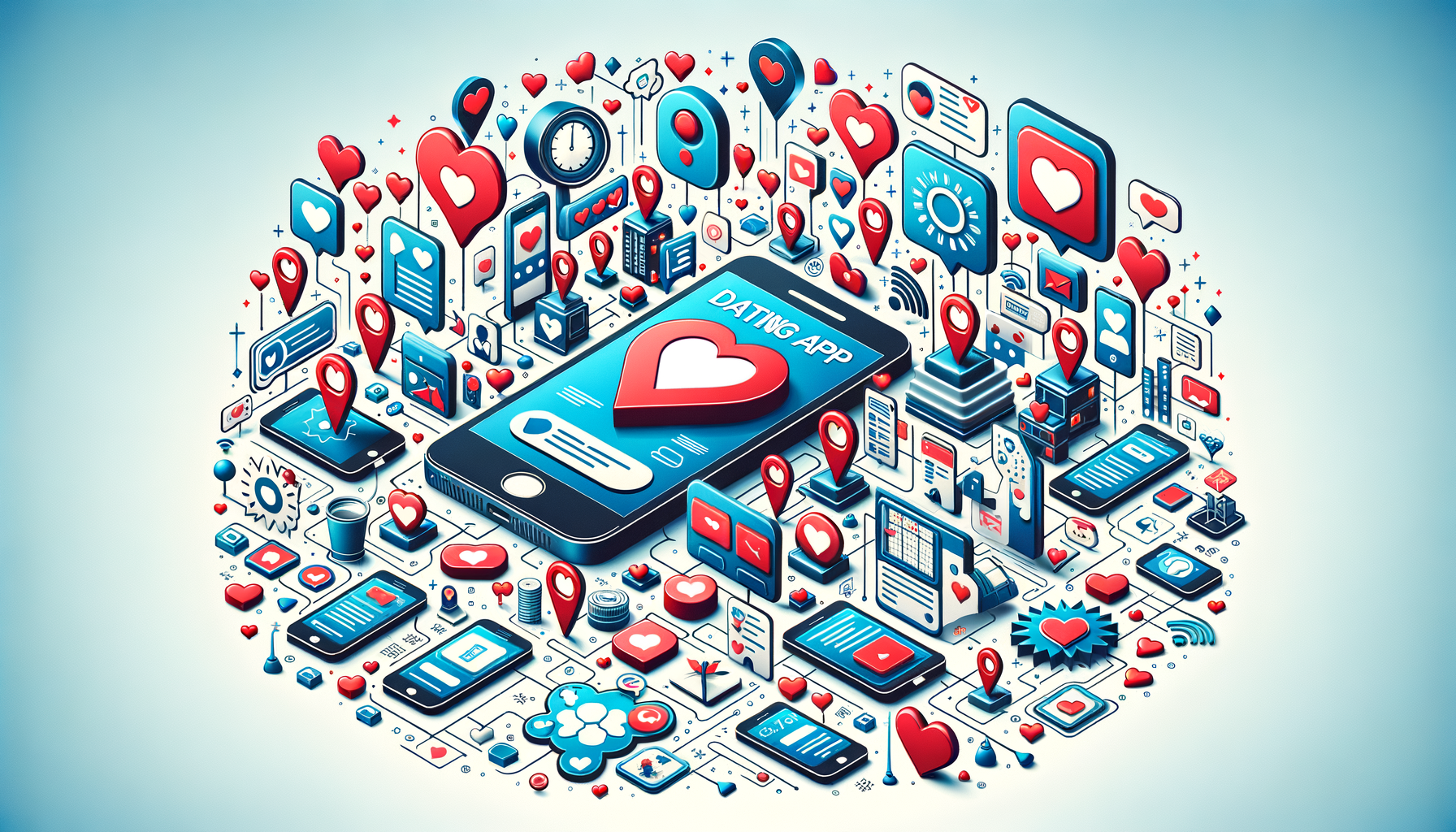The Rise of Dating Apps: A Digital Revolution
In recent years, dating apps have transformed the landscape of romantic relationships, offering a convenient platform for people to connect. The rise of these apps can be attributed to several factors, including the growing penetration of smartphones and the increasing comfort with online interactions. According to a study conducted by the Pew Research Center, around 30% of U.S. adults have used a dating app or site, highlighting the widespread acceptance of this technology.
Dating apps provide users with a plethora of options, allowing them to filter potential matches based on preferences such as age, location, and interests. This level of customization is appealing to users who seek partners that align with their values and lifestyle. Moreover, the gamification elements incorporated into many apps, such as swiping features and reward systems, make the process engaging and enjoyable.
The convenience of dating apps cannot be overstated. They enable individuals to meet potential partners without the constraints of time and geography, making them particularly beneficial for busy professionals or those living in remote areas. Additionally, these platforms often provide a sense of safety, as users can vet profiles and engage in conversations before meeting in person. This digital revolution in dating has undeniably changed how relationships are initiated and developed.
Challenges and Criticisms: Navigating the Digital Dating Scene
Despite their popularity, dating apps are not without their challenges and criticisms. One major concern is the superficial nature of swiping culture, where decisions are often based on physical appearance rather than personality or compatibility. This can lead to a lack of meaningful connections and a focus on short-term flings rather than long-term relationships.
Another issue is the potential for deceptive profiles. While most apps have measures in place to ensure authenticity, the anonymity of the internet can still lead to misrepresentation. Users may encounter profiles with outdated photos or embellished personal details, which can result in disappointment or mistrust when meeting in person.
Moreover, the sheer abundance of choices can be overwhelming, leading to decision fatigue. With so many options available, users may find it difficult to commit to one person, perpetuating a cycle of endless searching. This paradox of choice can hinder the development of serious relationships, as individuals may always feel there is someone better just a swipe away.
Success Stories and the Future of Online Dating
Despite the challenges, many individuals have found success in forming meaningful relationships through dating apps. These platforms have facilitated connections that might not have occurred otherwise, breaking down barriers of distance and social circles. Stories of couples who met online and went on to have long-lasting partnerships are common, providing hope and inspiration to other users.
Looking to the future, the evolution of dating apps is likely to continue with advancements in technology. Features such as AI-driven matchmaking, virtual reality dating experiences, and enhanced verification processes are on the horizon, aiming to provide more accurate and secure platforms for users. These innovations could address some of the current limitations, making online dating a more reliable avenue for finding love.
In conclusion, while dating apps present both opportunities and challenges, their impact on modern relationships is undeniable. As technology continues to evolve, these platforms will likely play an even more significant role in how people connect and form partnerships in the digital age.



Leave a Reply